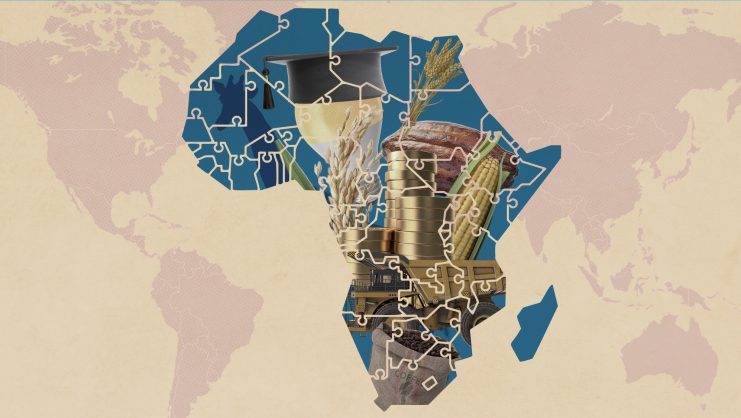Leveraging new technologies to measure business reputation opens the door to a new management model for choosing suppliers, which is extremely useful with the collaborative systems currently in use.
Data analytics makes it possible to determine whether the virtual agents operating in the market can be top suppliers, according to the quality and compliance of the service levels they provide. It is important to remember that one of the factors when searching for a supplier is their reputation and good work in the market, along with the product or service they offer.
Virtual organizations can be defined as a set of users and real entities that provide resources to an online storage network for shared use by all. These are highly dynamic agents among whom data flows in all directions. Therefore, using the more technical companies is perhaps the best way to further develop computational reputation models.
Creating trust or distrust in the market can determine the success or failure of any organization.
The service-oriented economy
Business is becoming increasingly more service oriented. Given this “servitization” of products, in order to make a decision on hiring a company it is vital to analyze and measure its reputation based on the quality of the service it offers. One feasible area for developing such analytics could be cloud computing or grid computing, where the model has already proven to be effective. The latest trend now involves analysis of Internet of Things (IoT) providers, with a system based on standard protocols.
The same service might be offered by a multitude of suppliers and one of the strongest arguments for hiring them is their reputation level. Generally used throughout the world, the concept of reputation covers such areas as the humanities, arts, social sciences and, more recently, digital environments. Creating trust or distrust in the market can determine the success or failure of any organization.
The importance of SLAs
A service level agreement (SLA) is used to measure the quality of service with data provided directly or indirectly, reflecting the degree of compliance. This variable studied over the long term automatically gives a reputational value for any service offered by an organization. Although it is the clearest way to measure a company’s reputation, this is just one of the criteria provided by the model. Additional indicators can also be studied, such as the level of security provided by a service. The variety of criteria brings greater guarantees for choosing the best provider, while each industry offers specific indicators that the model can adopt. The more information provided, the more accurate results the system provides.
The only requirement of the system is that the criterion must be monitorable and measurable. This is the only way for the expected value of a service to be compared with the real value obtained through monitoring.
If cheapest price is the deciding factor, the system will detect not only the provider that offers the service at the lowest price, but also the one with the best reputation in the market.
Requirements for adopting the model
Implementing this reputation management model requires a computational platform (monitor) that collects data from a service company, and aggregates real-time data on its performance. Big data is now capable of gathering a multitude of information from different sources and environments (consumers, other companies, stakeholders, social networks, blogs, etc.) and calculate the reputation automatically, something that is not new to the IT directors of any organization. Thus, anyone who wants to implement this way of choosing their partners does not have to make a major effort financially.
The tests done so far show that, if the reputation component is included in the search for the best supplier, the final selection offers greater guarantees in the subsequent service. For example, a multinational tech company could choose a transport provider through a public tender accessed by companies analyzed with this reputational model. In accordance with the criteria provided by the model, it was possible to select the entity with the greatest differential value among the candidates.
In other words, if cheapest price is the deciding factor, the system will detect not only the provider that offers the service at the lowest price, but also the one with the best reputation in the market.
Once again, technology, especially artificial intelligence, is capable of performing a task that would be tedious for a human in time and resources, given the large number of competitors in the digital market, and the variety of selection criteria. Very quickly, an application is able to find the best supplier in a market that might offer more than a thousand options. This is something we would have loved to have at our disposal a long time ago to be successful in this type of decision making.
About the model
- Its study and interest focuses on service-oriented organizations, creating the reputation of a provider by aggregating the reputation of the services offered by that provider.
- It is based on a monitor with information stored about a particular service.
- A tuple (data sequence) is created with the following elements: temporal marker, event, consumers, entity, subject, identifier of the virtual organization and X number of attributes.
© IE Insights.











